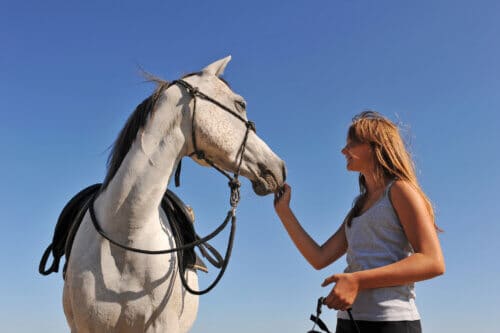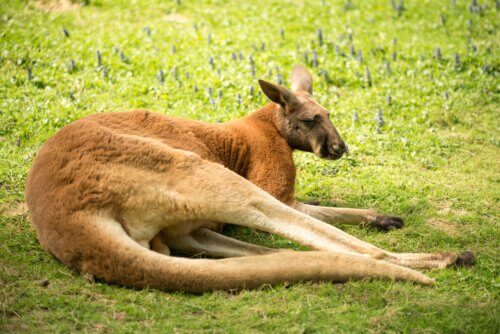A dog wagging its tail is one example, and we usually interpret a wagging tail as a sign that the dog is happy. But that's not the only way dogs can express their joy, and there are many animals that don't have a tail or don't use it to talk to each other.
By: Melissa Sterling, Postdoctoral Researcher at the University of Sydney; Translation: Ziv Adaki

How do we know that tailless animals are happy? asks 5-year-old Goldie Rose
Great question! Animals use their tails to orient themselves, hold on, maintain balance and when swimming, but they also use it as a means of talking to each other. A dog wagging its tail is one example, and we usually interpret a wagging tail as a sign that the dog is happy.
But that's not the only way dogs can express their joy, and there are many animals that don't have a tail or don't use it to talk to each other.
So how do we know an animal is happy without a wagging tail?
Different animals have different ways of expressing their joy, so it is important to know which animal you are interested in.
For example, cats purr when they are happy (although some cats also purr when they feel pain). Voles whistle when they are excited and purr when they are happy. Bunnies and bunnies scrunch up their noses when they are happy and can also make gurgling noises by rubbing their teeth. Teeth grinding or grinding is usually a sign of happiness, but like cats, they sometimes vocalize when they feel pain.
Ferrets chirp when tickled and excited, horses will point their ears at you and their mouths will be relaxed and happy parrots will sing, whistle or make grinding and purring noises with their beaks.
As you can see, there are many different ways in which animals can show that they are happy, although sometimes they make the same gesture when they feel pain. confusing.

Many times we can learn about the mood of animals by observing their behavior in general.
A cat purring because she is happy may also rub against your legs or relax on your lap, her tail will be raised high or she will roll on her back. These are all signs that the cat feels secure and enjoys your company.
In the same way, a rabbit that grinds its teeth while relaxed also tends to spread out its body. You can tell how relaxed a rabbit is by watching how spread out its body is when it rests. When a rabbit feels pain, it tends to hunch over and its eyes will be half closed, as if wincing in pain. Relaxed animals, who do not feel stress, are usually happy and content.
Below the video: a rabbit "dances" when he is happy. That is, jumping in the air and twisting before landing back on the ground
We can also get an impression of how happy an animal is with what they are doing. Playing is the most reliable evidence of a happy animal, because only a happy animal plays. An animal in a cheerful and playful mood will jump in the air, leap, lift its legs up as it runs, and generally be more energetic than usual.
And one last thing, we can tell what are the activities that animals like to do from the activity that they choose to repeat over and over again. If your well-behaved friend chooses to lay in the sun or look for something tasty or dig holes - then they are probably keeping yeast when they do it.
Therefore, in order to know if animals are happy, it is not enough to examine what they do with one part of their body, we must observe their behavior so that we get to know them.
To be your best friend's best friend, give them the freedom to choose their own activities so they can show you what they like. Pleasant observation!
More of the topic in Hayadan:
- To wag a tail
- Adult wolves miss their handler when separated from them, just like dogs
- Housing for an older dog: how dogs' personalities change over the years of their lives
- How many dog years equals a human year? Explanation of calculating the age of dogs
- What is allowed to be given to dogs to eat and what is not. Cut and save
